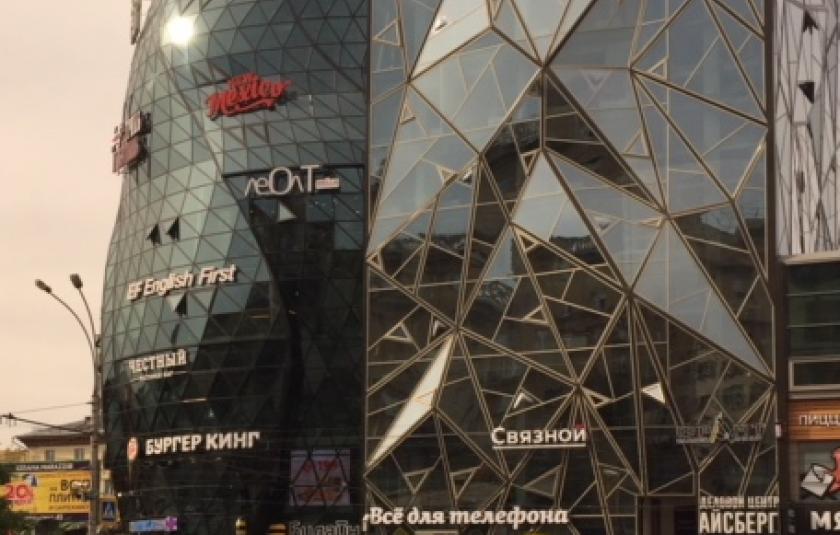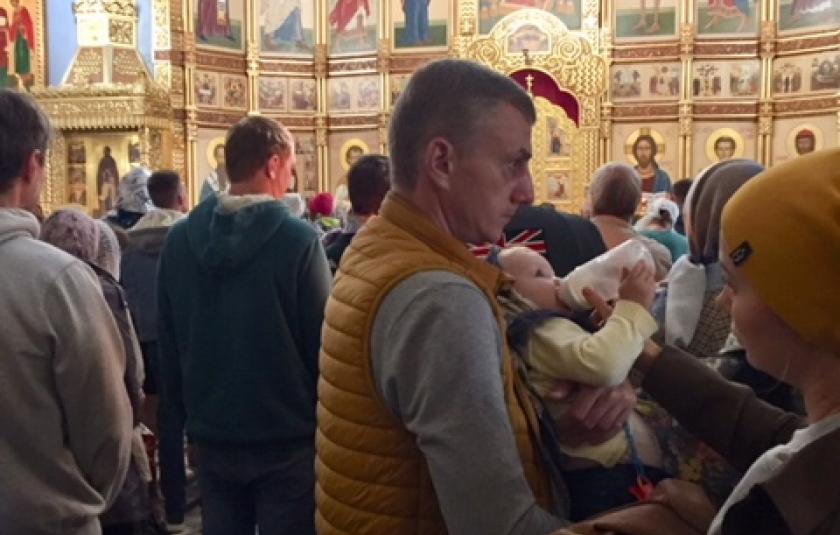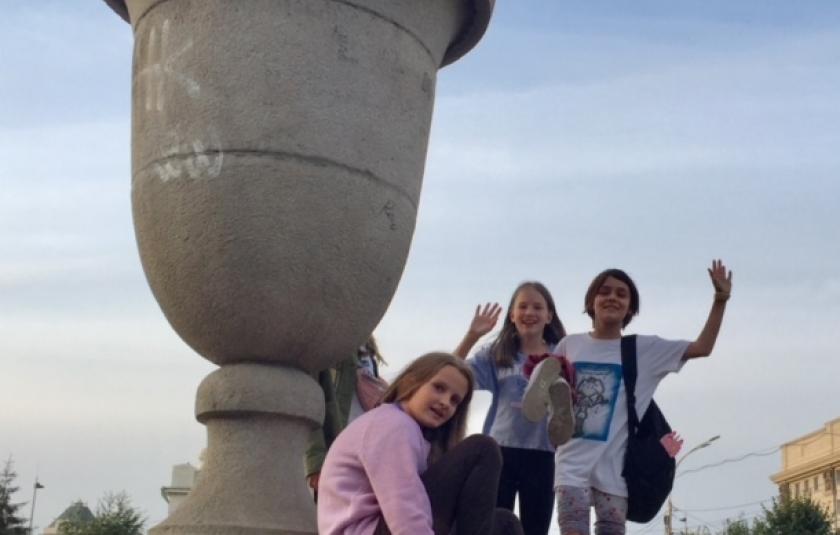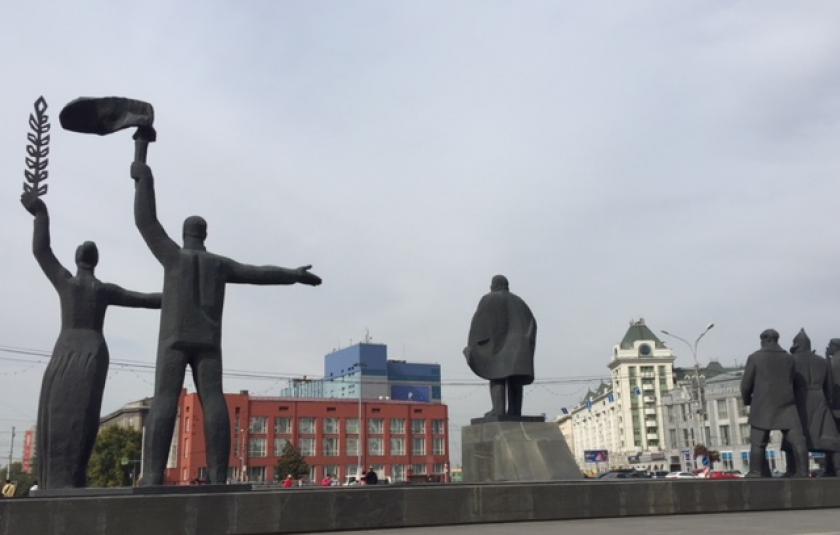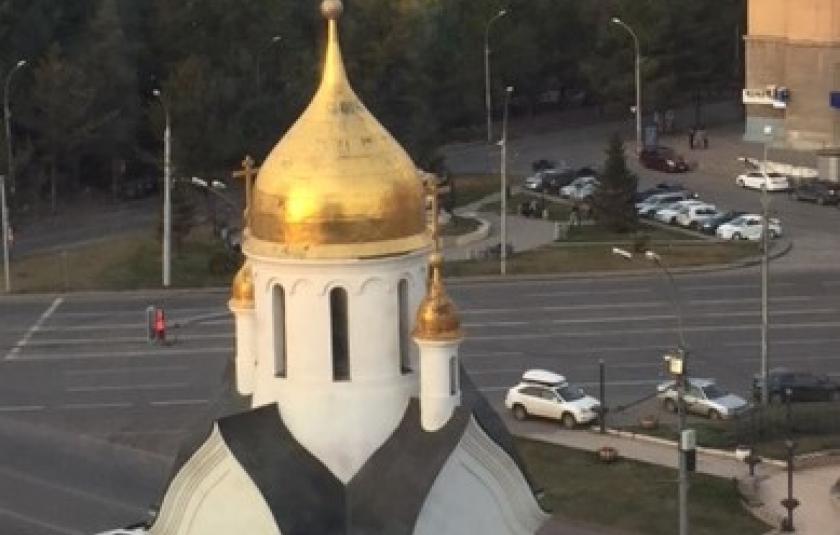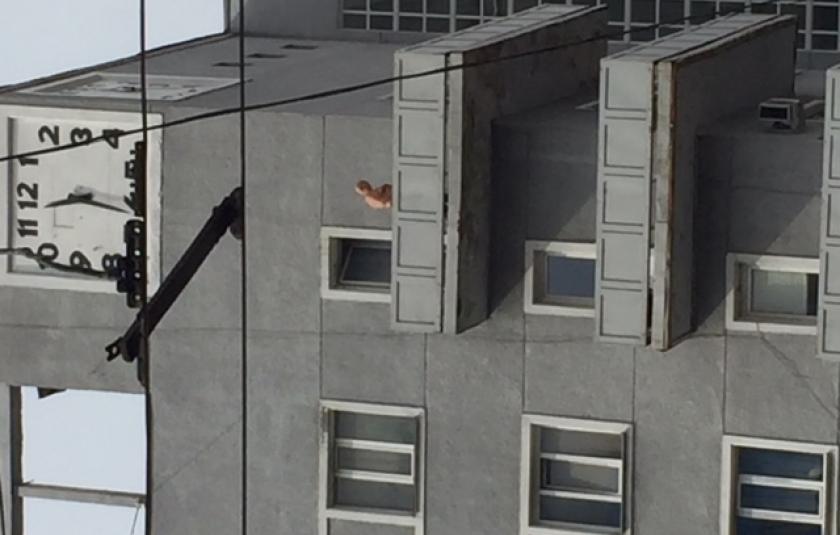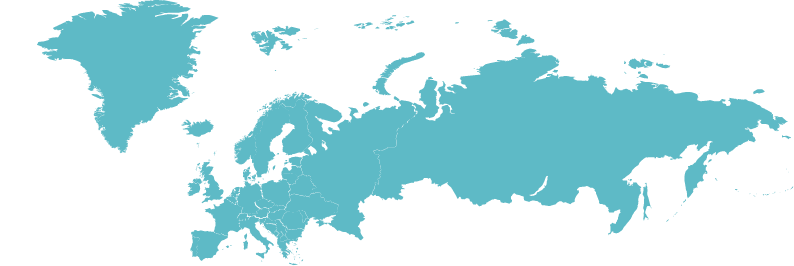If our governments persist in pointing fingers of blame, escalating misinformation, and the threat of war, the people of USA and Russia must not follow along.
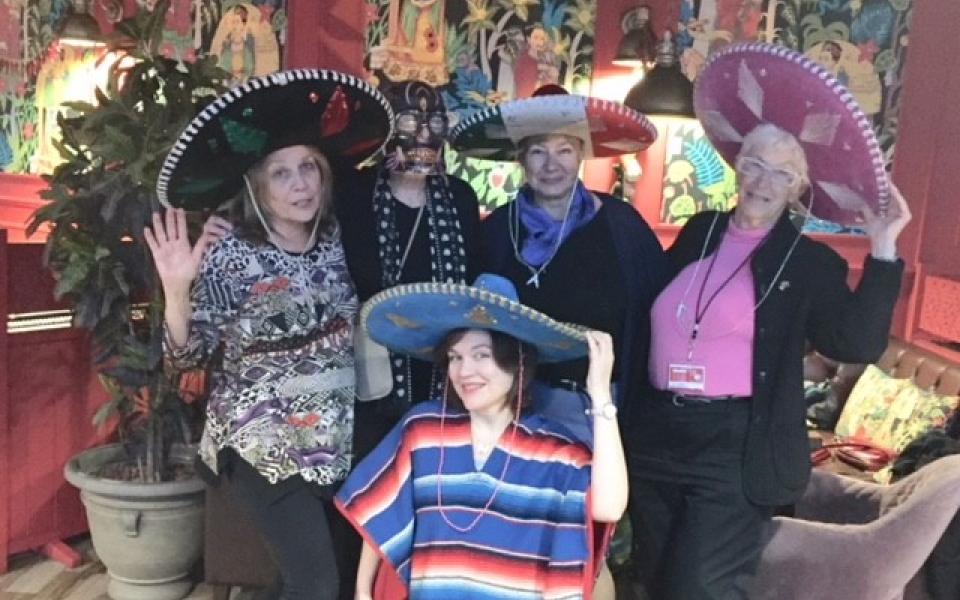
Novosibirsk, the capital of Siberia, 4.5 hours by air from Moscow, blew our pre-conceived notions. Far from popular images of Siberia as an outback of Russia, a frozen tundra, a scary place to be sent to a gulag in Soviet times, we found a first-class metropolis of over two million people. Like most cities, traffic back-ups are common, and sidewalks bustle with a variety of urban tastes: teenagers happy with iPhones and many shades of neon hair, moms and dads pushing babies in strollers, children playing in a public fountain on a balmy afternoon. “Babushkas” – elder women with the old-style kerchiefs tied on their head, cluster primarily near Russian orthodox churches begging for donations.
I asked our host, “What do you think Americans most need to know about Russia?”
Answer: “Its history!”
Thereafter, my two US travel-mates and I were treated to a whirlwind city tour. Built on the banks of the Ob River, Novosibirsk grew as a trading hub between Europe and Asia. Later, it became an important stop on the trans-Siberian Railroad – trade and commerce boosting its growth. Novosibirsk (New Siberia) was originally named in honor of Saint Nicholas and Czar Nicholas II (1181-1894). Our tour began on the banks of the Ob, in sight of the Trans-Siberian railroad tracks, at the Cathedral built in St. Nicholas’ name. Because of growth and industrial production, Novosibirsk has been called the “Chicago of Siberia.”
Click the yellow arrows to scroll through the photos in the slideshow below.
Russian history is read in the architecture here. Impressive contemporary buildings - a gorgeous Opera House, Philharmonic Hall, 5-star Western hotels, beautiful promenades, high-end fashion shops and trendy cafes, mixed with somber stone buildings reflecting the austere and grim might of Stalin’s time. Imposing statues of Lenin and Russian soldiers dominate a central park. The “Building Under the Clock” was built in the Khrushchev era to combat severe housing shortages. The upper 8-10 floors provide living and sleeping rooms. Residents must go to the bottom floor to cook in common kitchens. Our guide said people were grateful for this housing, which was desperately needed in the 50’s, and received from the government free of charge. It is still occupied today.
We stopped to light candles for peace at a shrine in the center of the main street. Named in honor of Alexander Nevsky, patron saint of the Russian Orthodox Church (1220-1265), it marks the geographic center of Russia from its western to eastern boundaries.
We saw fancy eateries taking ambience from old-style Czarist wooden houses, pubs with fancy beer selections, and yes, even Burger King and KFC, but my favorite was a glassy zig-zag building, housing “Nuevo Mexico.” Eating great tacos, donning sombreros, we sang, laughed and told stories with our new Russian friends.
Americans and Russians have different histories that we need to understand and respect. Today, however, our lives feel parallel.
We live with similar interests, fears, and strivings. If our governments persist in pointing fingers of blame, escalating misinformation, and the threat of war, the people of USA and Russia must not follow along. In huge numbers, we need to find ways to do what we did in Novosibirsk: talk with each together, share our stories, visit each other’s homes, enjoy one another and make life-giving history of our own.
More about this series: Russia Today - Building Bridges
URI Senior Consultant Sally Mahé shares thoughts from Russia, where she is traveling with the Center for Citizen Initiatives. The trip is called a "Diplomatic Mission to the Russian Federation by American Citizens." Its purpose is to provide an opportunity “to make inquiry and analysis by traveling to Russia to learn additional points of view about US-Russia issues." The task is to begin “personal diplomacy to intervene in war-making efforts that could end all life on the planet.”
Along the way, Sally is connecting with URI members and Cooperation Circles (member groups) as she examines the actions of ordinary citizens meeting and building bridges of understanding together.
See the rest of the Russia Today - Building Bridges series here.
